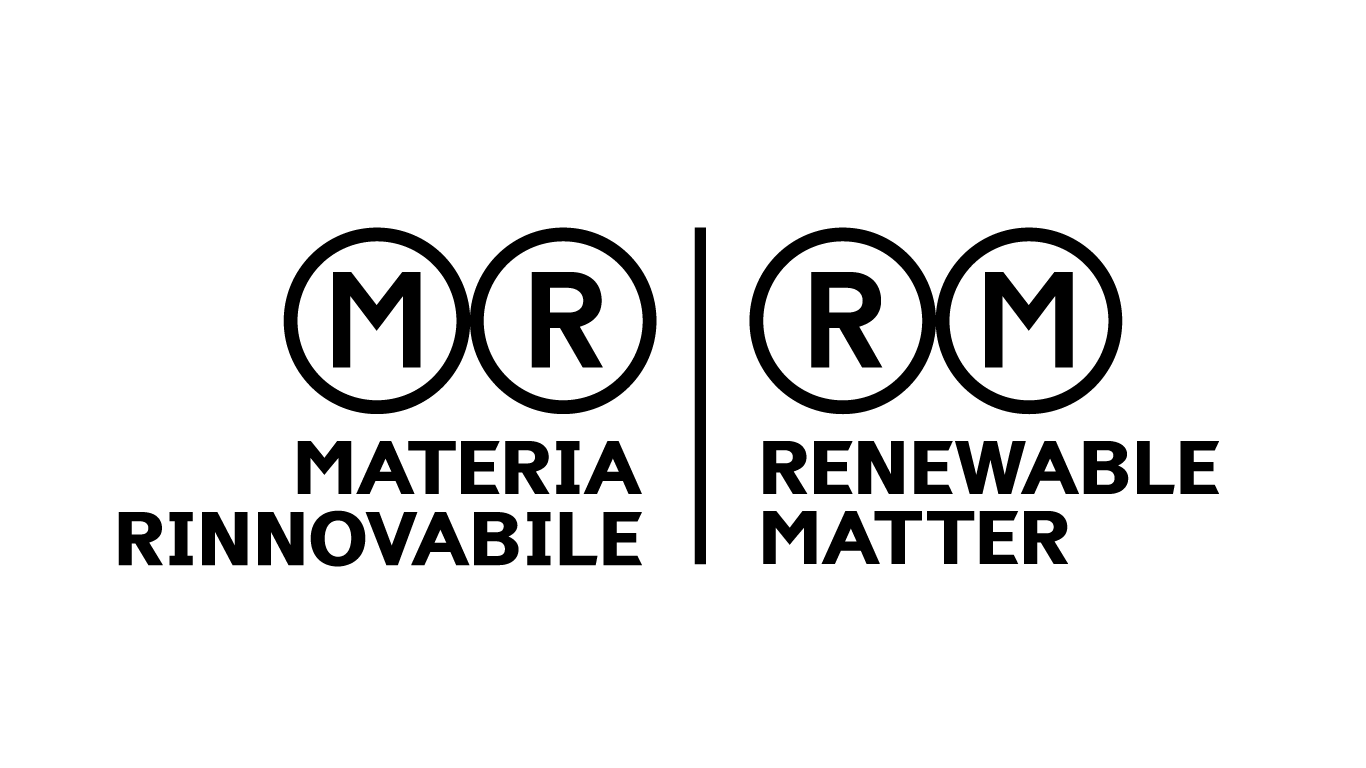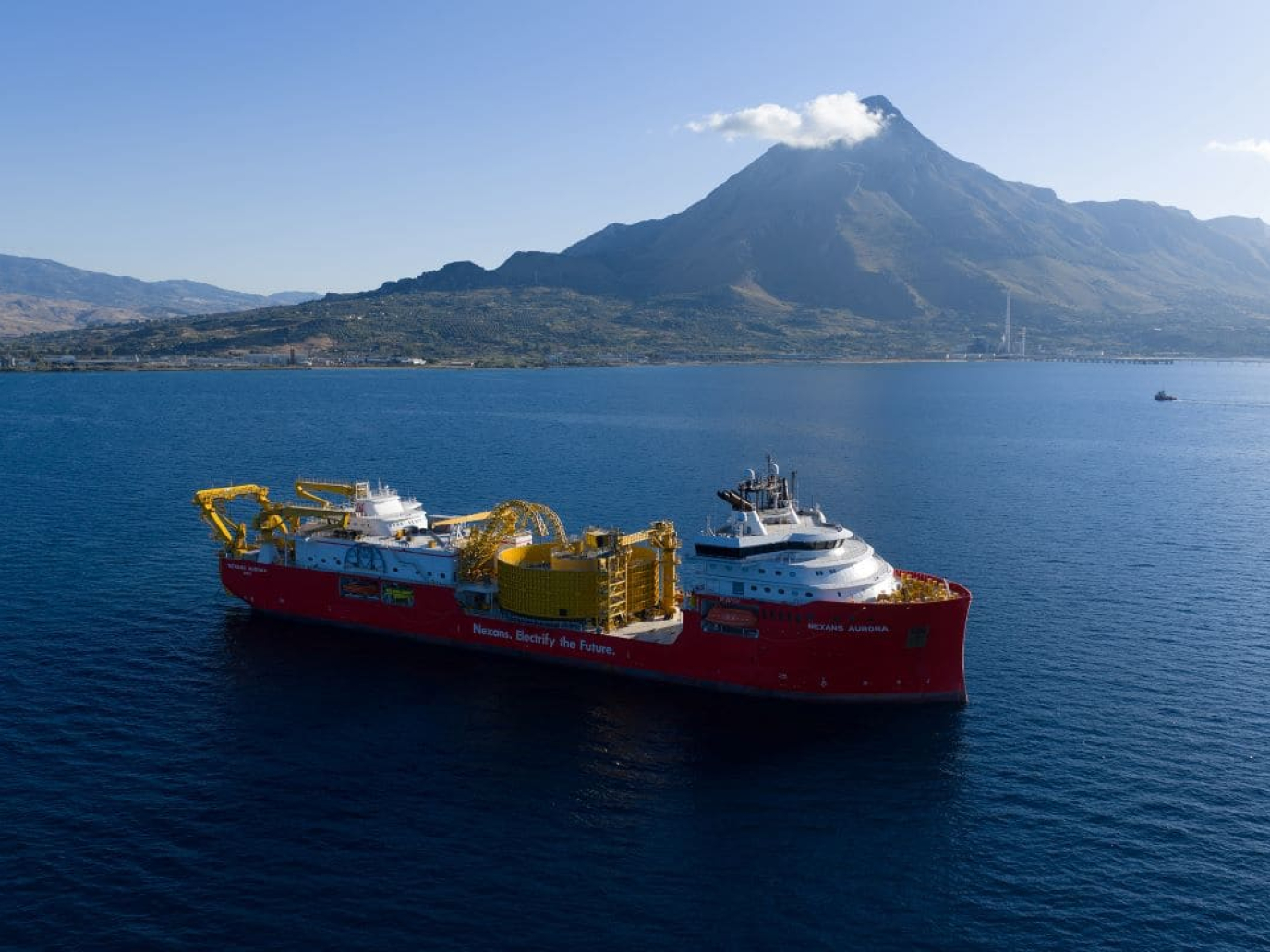
This article is also available in Italian / Questo articolo è disponibile anche in italiano
The Tyrrhenian Link, one of the most ambitious infrastructure projects in Europe’s energy sector, has reached a pivotal milestone. Terna, Italy’s electricity transmission system operator, in partnership with Nexans, has begun laying the first section of the western branch connecting Sicily and Sardinia. The operation, which starts from Fiumetorto in Termini Imerese, is not only a technical challenge but also a global first: for the first time, a high-voltage direct current (HVDC) subsea cable will be installed at depths of up to 2,150 meters below sea level. This record-setting achievement positions Italy at the forefront of engineering innovation in power transmission.
The Tyrrhenian Link represents a total investment of approximately €3.7 billion, of which €500 million is funded under the European Union’s REPowerEU program. The project is divided into two main sections. The eastern branch, connecting Sicily and Campania, saw the completion of its first cable in May 2025. Now attention turns to the western section, which will stretch for 480 kilometers between Termini Imerese in Sicily and Terra Mala in Sardinia. Nexans will carry out the installation in two phases: the first, covering 200 kilometers, is scheduled for completion in September 2025, while the second, spanning 280 kilometers, will begin in December 2025.
“This marks a milestone of historic significance,” said Giuseppina Di Foggia, CEO and General Manager of Terna. “For the first time, an HVDC subsea cable will be installed at a depth of up to 2,150 meters. This confirms Terna’s ability to adopt design and operational solutions capable of addressing unprecedented technical and engineering challenges.” She added that the Tyrrhenian Link is a “key infrastructure for the national electricity system,” essential to achieving Italy’s energy transition goals.
The system consists of two 500 kV HVDC cables with a combined length of 970 kilometers and a transmission capacity of 1,000 MW per branch. Once completed, the project will increase interconnection capacity among Sicily, Sardinia, and Campania, significantly enhancing the resilience and flexibility of Italy’s national grid. The infrastructure will also improve the ability to integrate renewable energy sources, a central goal of Italy’s Integrated National Energy and Climate Plan.
Pascal Radue, Executive Vice President of Nexans PWR Transmission, emphasized the global importance of the initiative. “The Tyrrhenian Link is extraordinary not only for its scale and record-breaking installation depth but also for the lasting impact it will have on Italy’s energy future. This achievement is made possible by our world-class subsea installation capabilities and decades of experience delivering complex high-voltage projects worldwide.”
Beyond technical innovation, the project places sustainability at its core. In both Sicily and Sardinia, Terna has implemented measures to protect the environment. Olive trees located in the areas designated for future converter stations have been uprooted and replanted, preserving agricultural heritage. At sea, marine ecosystems are being safeguarded through the transplantation of Posidonia oceanica in Sardinia and Cymodocea nodosa in Sicily. These species are vital for biodiversity and coastal protection, and their careful relocation ensures minimal ecological disruption.
The environmental dimension is not limited to conservation measures. With its capacity to transport 1,000 MW per cable, the Tyrrhenian Link will significantly reduce Italy’s reliance on fossil fuels, cutting greenhouse gas emissions and supporting the decarbonization targets aligned with the EU’s climate policies. Once fully operational, the infrastructure will contribute to improving cross-regional electricity exchange, reduce transmission bottlenecks, and enhance the adequacy of the Italian power system.
The converter stations, integral to the project, will be located in Selargius (Cagliari) and Contrada Caracoli (Termini Imerese). At Selargius, a 30-kilometer underground cable will connect the station to the coastal landing site, while in Sicily, a 7-kilometer underground route will link the Termini Imerese station to the marine terminal. These installations will ensure seamless integration with the national grid, providing stability and operational efficiency.
The strategic importance of the Tyrrhenian Link extends beyond Italy. As part of the REPowerEU program, the project supports Europe’s broader objectives of energy independence and sustainability. By strengthening interconnections between key Mediterranean regions, it will contribute to regional energy security while promoting the use of renewable energy sources.
Ultimately, the Tyrrhenian Link embodies a dual ambition: to set new standards in subsea cable engineering and to accelerate the energy transition in Italy and Europe. With construction advancing on schedule, the project demonstrates how technical innovation, sustainability, and strategic planning can converge to deliver infrastructure that is both groundbreaking and future-proof.
When completed, the Tyrrhenian Link will not only stand as the deepest HVDC subsea cable ever installed but will also provide the backbone for Italy’s clean energy future, ensuring secure, flexible, and sustainable electricity transmission for decades to come.
Cover: Terna



